Introduction
For Your Safety
WARNINGS
Notices
Table of Contents
About This Manual
Information and Precautions
Parts of the Camera
Attaching the Camera Strap
The Monitor
Shooting
Playback
Basic Operations
The (shooting/playback) Button
The (mode) Button
The Rotary Multi Selector
The MENU Button
Help Displays
First Steps
Inserting the Battery
Removing the Battery
Charging the Battery
Turning On and Off the Camera
Setting Display Language, Date, and Time
Inserting Memory Cards
Removing Memory Cards
Basic Photography and Playback: Auto Mode
Step 1 Turn the Camera On and Select (Auto) Mode
Step 2 Frame a Picture
Step 3 Focus and Shoot
Step 4 Viewing and Deleting Pictures
Using the Flash
Taking Pictures with the Self-Timer
Macro (Close-up) Mode
Exposure Compensation
Shooting Suited for the Scene - High-sensitivity Shooting Mode, Scene Mode
High-sensitivity Shooting Mode
Scene Modes
Features
One-Touch Portrait Mode
Taking Pictures in the One-Touch Portrait Mode
The One-Touch Portrait Menu
More on Playback
Viewing Multiple Pictures: Thumbnail Playback
Viewing Multiple Pictures: Thumbnail Wheel Playback
Taking a Closer Look: Playback Zoom
Editing Pictures
Enhancing Brightness and Contrast: D-Lighting
Creating a Cropped Copy: Crop
Resizing Pictures: Small Picture
Voice Memos: Recording and Playback
Viewing Pictures by Date
Pictmotion by muvee
Movies
Recording Movies
The Movie Menu
Selecting Movie Options
Stop-Motion Movies
Auto-Focus Mode
Movie Playback
Deleting Movie Files
Voice Recordings
Making Voice Recordings
Playing Voice Recordings
Copying Voice Recordings
Connecting to Televisions, Computers, and Printers
Connecting to a TV
Connecting to a Computer
Before Connecting the Camera
Transferring Pictures from the Camera to a Computer
Connecting to a Printer
Connecting the Camera and Printer
Printing Pictures One at a Time
Printing Multiple Pictures
Creating a DPOF Print Order: Print Set
Connecting to a ImageLink-compatible Printer
Removing the Dock Insert
Shooting, Playback, and Setup Menus
Shooting Options: The Shooting Menu
Displaying the Shooting Menu and High-sensitivity Menu
Image Mode
White Balance
Continuous
Best Shot Selector (BSS)
ISO Sensitivity
Color Options
AF Area Mode
Restrictions on Camera Settings
Playback Options: The Playback Menu
Displaying the Playback Menu
Print Set
Slide Show
Delete
Protect
Rotate Image
Small Picture
Copy
Basic Camera Setup: The Setup Menu
Displaying the Setup Menu
Menu
Welcome Screen
Date
Monitor Settings
Date Imprint
Vibration Reduction
AF Assist
Sound Settings
Record Orientation
Auto Off
Format Memory/Format Card
Language
Video Mode
Reset All
Wireless Settings
Firmware Version
Wireless Services
Picture Mail/Picture Bank
Using Wireless Services
Wireless LAN Settings for the Camera
Network Profile
Sender Information
Picture Mail Recipients
Password
Configuring Wireless LAN Settings from the Camera
Configuring a Network Profile
Configuring the Sender with the Camera
Specifying a Picture Mail Recipient
Creating a Recipient Group
Protecting my Picturetown Settings Information
Configuring Wireless LAN Settings from a Computer
Installing the Utility
Connecting the Camera to the Computer
Sending Picture Mail
Using Picture Bank
Uploading Selected Pictures
Uploading All Pictures at Once
Choosing the Desired SSID and Uploading Pictures
Registering User Information with my Picturetown to View Uploaded Pictures
Registering User Information with my Picturetown
Technical Notes
Optional Accessories
Approved Memory Cards
Image/Sound File and Folder Names
Caring for the Camera
Cleaning
Storage
Error Messages
Troubleshooting
Specifications
Supported Standards
Index

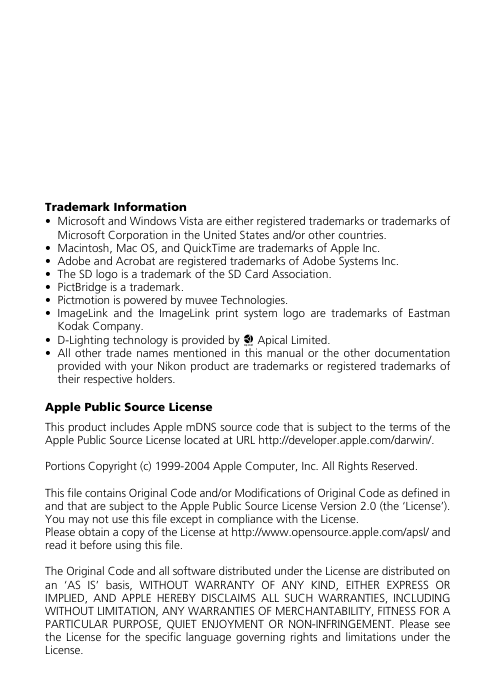
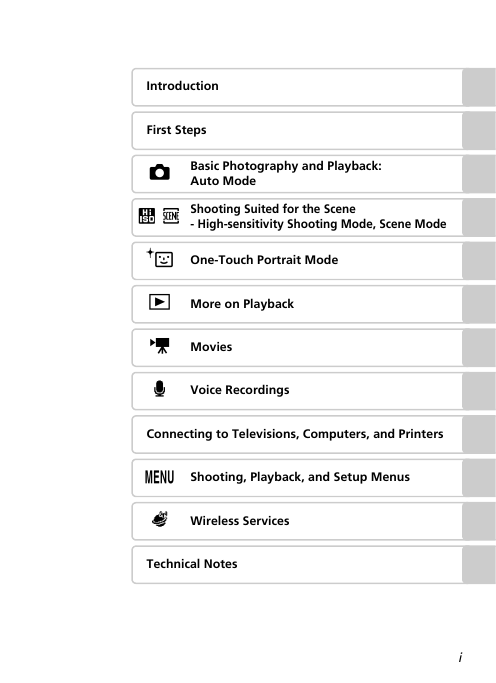
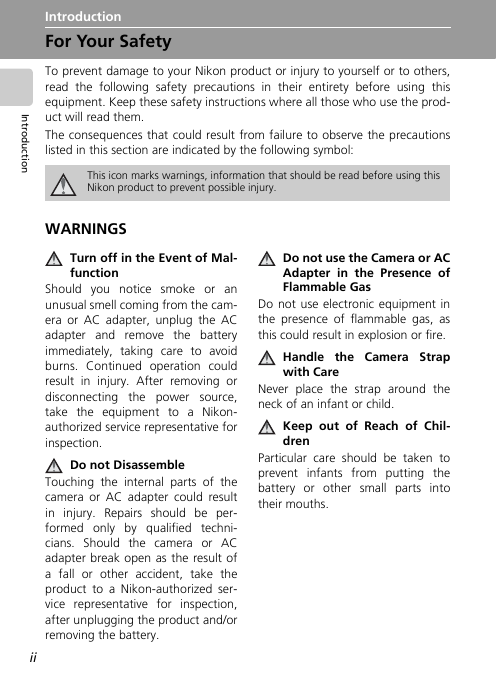


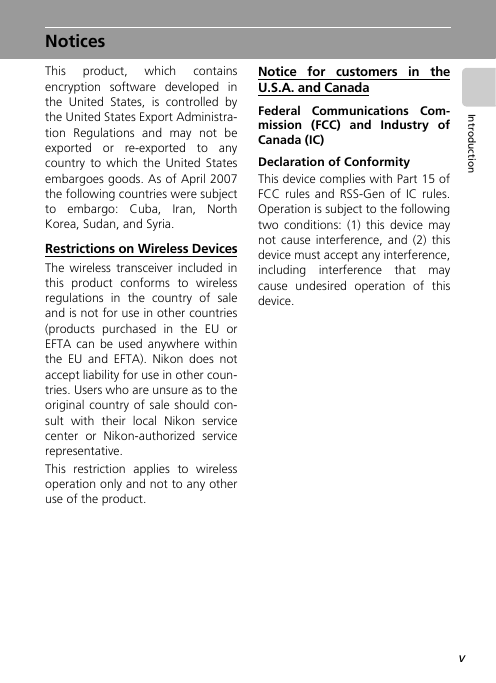
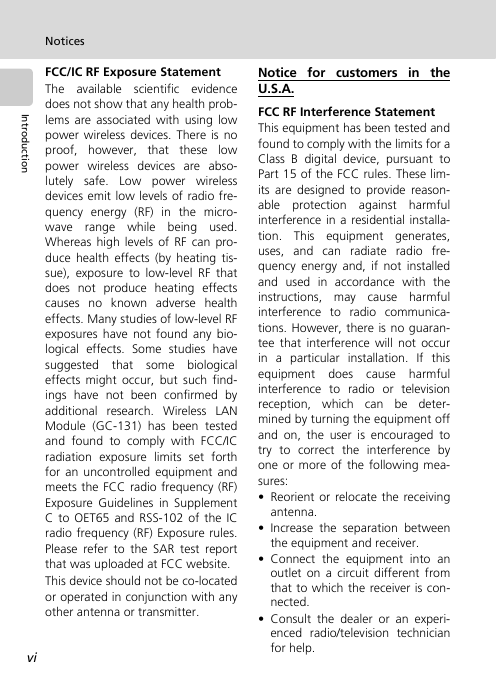








 2023年江西萍乡中考道德与法治真题及答案.doc
2023年江西萍乡中考道德与法治真题及答案.doc 2012年重庆南川中考生物真题及答案.doc
2012年重庆南川中考生物真题及答案.doc 2013年江西师范大学地理学综合及文艺理论基础考研真题.doc
2013年江西师范大学地理学综合及文艺理论基础考研真题.doc 2020年四川甘孜小升初语文真题及答案I卷.doc
2020年四川甘孜小升初语文真题及答案I卷.doc 2020年注册岩土工程师专业基础考试真题及答案.doc
2020年注册岩土工程师专业基础考试真题及答案.doc 2023-2024学年福建省厦门市九年级上学期数学月考试题及答案.doc
2023-2024学年福建省厦门市九年级上学期数学月考试题及答案.doc 2021-2022学年辽宁省沈阳市大东区九年级上学期语文期末试题及答案.doc
2021-2022学年辽宁省沈阳市大东区九年级上学期语文期末试题及答案.doc 2022-2023学年北京东城区初三第一学期物理期末试卷及答案.doc
2022-2023学年北京东城区初三第一学期物理期末试卷及答案.doc 2018上半年江西教师资格初中地理学科知识与教学能力真题及答案.doc
2018上半年江西教师资格初中地理学科知识与教学能力真题及答案.doc 2012年河北国家公务员申论考试真题及答案-省级.doc
2012年河北国家公务员申论考试真题及答案-省级.doc 2020-2021学年江苏省扬州市江都区邵樊片九年级上学期数学第一次质量检测试题及答案.doc
2020-2021学年江苏省扬州市江都区邵樊片九年级上学期数学第一次质量检测试题及答案.doc 2022下半年黑龙江教师资格证中学综合素质真题及答案.doc
2022下半年黑龙江教师资格证中学综合素质真题及答案.doc